OpenAI, the pioneering artificial intelligence (AI) research laboratory that has given us GPT-3 and ChatGPT, announced this week the release of two new models – o3 and o4-mini. These models are notable for combining simulated reasoning capabilities with access to a range of tools, including web browsing and coding functions.
Before we delve into these exciting developments, let’s first look at some background information on OpenAI. Founded in 2015 by Elon Musk and Sam Altman, OpenAI is a non-profit organization that aims to ensure the beneficial usage of AI technology while mitigating potential risks. Its research focuses on developing safe and beneficial AI that can positively impact human lives.
Now, let’s discuss why these new models from OpenAI matter in the grand scheme of things. Simulated reasoning is a game-changing development in AI research, as it introduces the concept of “thinking” within an AI model, replicating the step-by-step cognitive process that humans use to solve problems. This approach allows AI systems to tackle complex issues more effectively and efficiently than traditional models.
The release of these new models by OpenAI represents a significant leap forward in AI capabilities. For instance, o3 is designed for complex analysis tasks, while the smaller version, o4-mini, prioritizes speed and cost efficiency. Both models offer improved cost efficiency compared to their predecessors, making them more accessible to a broader range of users.
OpenAI CEO Sam Altman tweeted that they expect to release o3-pro to the pro tier in a few weeks, demonstrating how these new models will be rolled out over time. Access for ChatGPT Plus, Pro, and Team users is already being provided, with Enterprise and Edu customers set to follow shortly.
To put it simply, the introduction of simulated reasoning into OpenAI’s models marks an exciting milestone in AI research, as it combines step-by-step reasoning capabilities with access to tools like web browsing and coding functions. This integration allows for more sophisticated problem-solving and data analysis within a single query.
Let’s take the example of predicting future energy usage in California. By utilizing its simulated reasoning capability, an o3 or o4-mini model could autonomously search for relevant utility data, write Python code to generate forecasts, create visualizing graphs, and explain the key factors influencing these predictions – all without needing separate queries or input from a user.
The implications of such advanced AI capabilities are vast, stretching across various industries such as healthcare, finance, and transportation, where efficient data analysis is crucial for decision-making processes. These new models open up exciting possibilities for how we can harness the power of AI to tackle complex problems more effectively than ever before.
In conclusion, OpenAI’s latest release of o3 and o4-mini showcases the rapid advancement of AI technology. By integrating simulated reasoning capabilities with full tool access, these models demonstrate how AI systems can replicate human problem-solving processes in a more efficient manner. As OpenAI continues to develop and refine its AI technology, we can only expect more impressive breakthroughs in the future.

